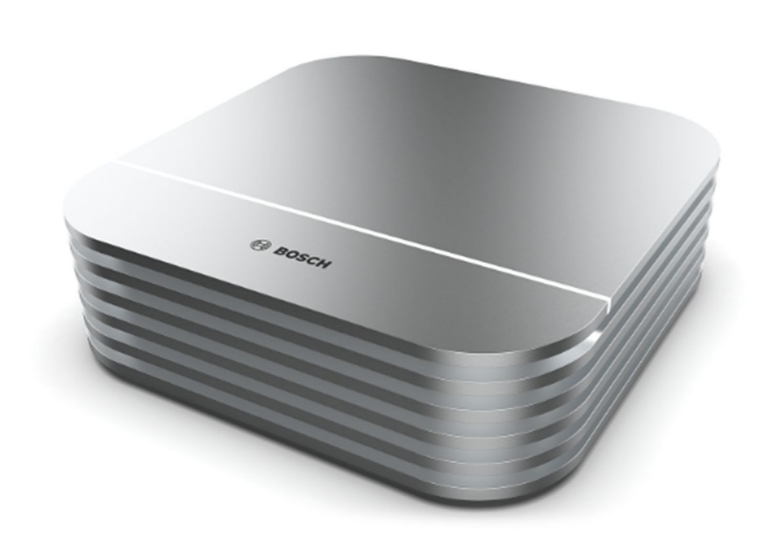Bosch will be the world’s first automotive supplier to demonstrate the integration of entertainment and driver assistance features on a single SoC in a software-intensive central computer.
A centralized vehicle and electric/electronic (E/E) architecture go hand in hand with the trend toward software-defined mobility. While several electronic control units currently regulate diverse operations in the car, a few central vehicle computers will unify multiple system functions from previously independent domains in the future. To do this, new computers with powerful processors, known as system on chips (SoC), are required.
Markus Heyn, member of the board of management at Robert Bosch GmbH and chairman of Bosch Mobility, said, “We want to reduce the complexity of the electronics systems in cars and make them as secure as possible at the same time. With this demonstration of our new vehicle computer platform at CES, we are taking an important step in exactly this direction. Our goal in the medium term is to bring even more automated driving functions to the road, including to the compact and midsized car segments.”
At the core of the new vehicle computer from Bosch – called the cockpit & ADAS integration platform – is a single SoC, which processes a variety of functions from the two domains of infotainment and driver assistance simultaneously. This includes, for example, automated parking and lane detection, paired with smart, personalized navigation and voice assistance. Advantages for vehicle manufacturers: less space and cabling required, meaning lower costs.
Markus Heyn, said, “Central vehicle computers are the heart of software-defined cars. In the future, they will control all the domains in modern vehicles and reduce the currently high number of individual control units.”
For its central vehicle computers, Bosch uses a modular system principle. Together with stand-alone software solutions such as video perception for surround sensing, vehicle manufacturers can modularly and scalably assemble their individual solutions in combination with hardware components. Software-intensive central computers play a decisive role here, since they enable manufacturers to implement driving and assistance features. Software integration is in strong demand here. Bosch brings integrative expertise and enables software components from various sources to be combined.

